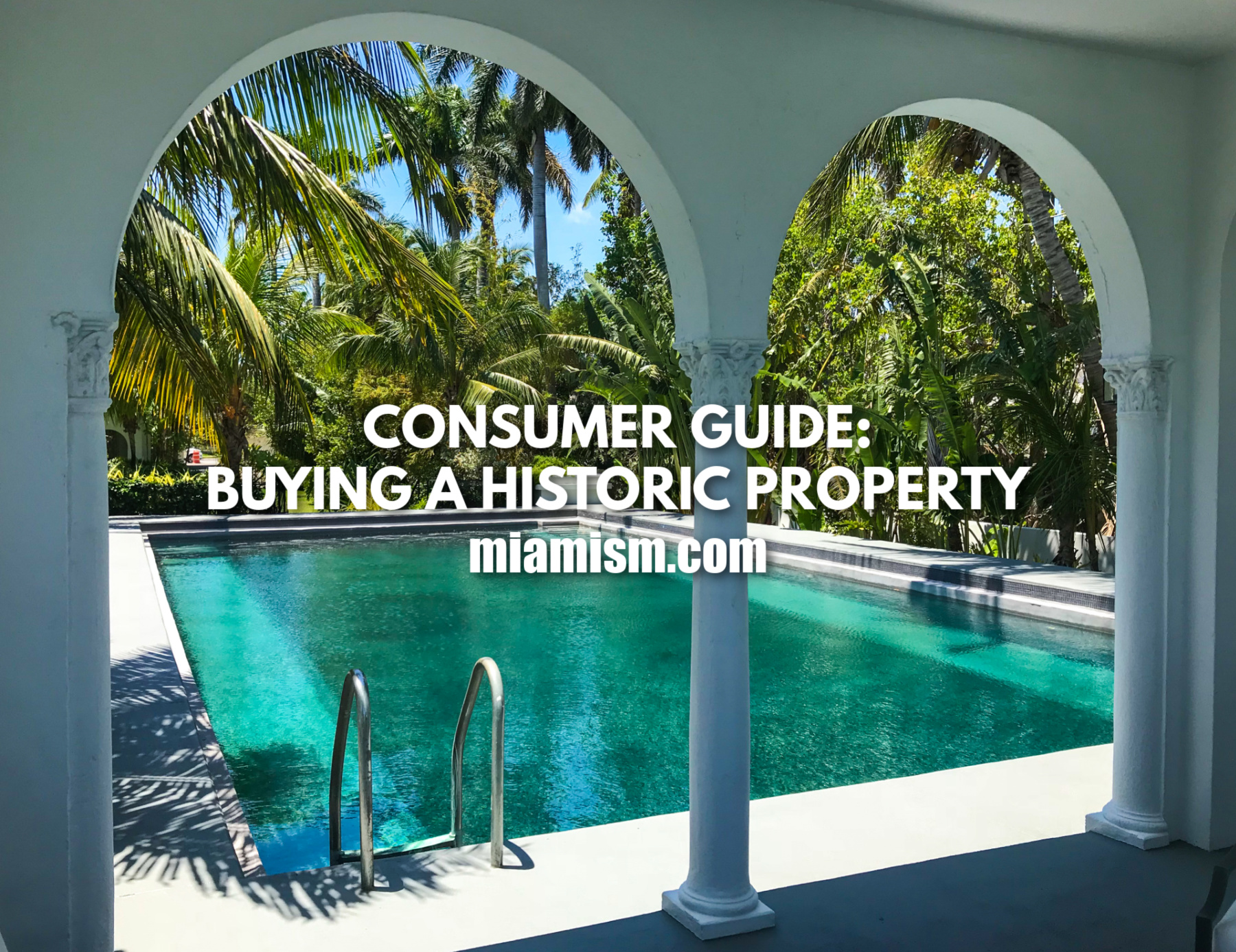
Miami Historic Homes: What the National Guide Won’t Tell You
Buying a historic home is not for everyone, and that’s exactly what makes it so special. The National Association of REALTORS® recently published a Consumer Guide to Buying a Historic Property, and while it covers the basics like age, restrictions, and renovation tips, it leaves out a few key things we’ve learned firsthand, especially here in Miami.
What Makes a Home Historic in Miami?
The guide gets it right: homes that are 50+ years old with architectural or cultural significance are often considered historic. But in Miami, it’s not just about age, it’s about soul.
Think Mediterranean Revival with historic Cuban tile roofing, or a MiMo gem designed by mid-century architect Alfred Browning Parker, known for his climate-conscious designs, natural materials, and harmonious indoor/outdoor flow. Or maybe it’s an Art Deco villa with signature symmetry, curved corners, and nautical details. These aren’t just homes — they’re living history.
And FYI – not every home over 50 years old is historically significant.
Historic Preservation Boards
If your dream home is designated historic, within one of our many historic districts like Morningside, Miami Shores, or Coral Gables, the local preservation board may need to approve any changes. That includes paint colors, windows, additions, and exterior upgrades.
What the guide doesn’t emphasize enough is why these rules matter. They help protect value and make sure restorations are appropriate to the historic designation. Homes restored the right way don’t just look incredible, they tend to sell for more and appreciate faster. Authenticity pays off.
Make sure you understand the board approval process if interested in a historically designated home.
Restoration is not easy
Older homes come with their own charm and challenges. You might encounter cloth wiring, original wood lath, sagging structural beams and other vintage features that give the home its identity.
These can be scary, but not a drawback. It’s part of the magic. Just be sure to hire inspectors and contractors who specialize in historic properties and know what to preserve versus what to modernize.
And FYI, contrary to popular belief, you can modernize historic properties and preserve their historic significance and identity.
Local vs. National Designations
One key detail missing from the guide is the difference between local historic designation and being listed on the National Register of Historic Places. These come with different levels of oversight and opportunity.
Local designation means the property is protected by a city or county preservation ordinance and typically requires approval from a local board for changes to the exterior (and sometimes interior). It’s about preserving the character of neighborhoods and architectural integrity on a local level.
National Register listing, on the other hand, is honorary and can open the door to benefits like federal tax credits for approved renovations. Take a look at National Register and Rehabilitation Tax Credits.
Why Choose a Historic Home?
Historic homes may take a little more love and homework, but the payoff? Timeless. These aren’t just structures — they’re stories you get to live in. Done right, they offer something new builds can’t touch: soul, beauty, and a lasting sense of place.
At Miamism, we don’t just sell historic homes. We obsess over them. If you’re ready for a home with character, craftsmanship, and a soul of its own, we’re here to guide you.
It’s not just a house. It’s history, yours to restore, live in, and pass on.
The image above is of the historic home that once belonged to Al Capone in Miami Beach — a striking example of a property that could have been beautifully restored. Instead, it was demolished, and all that’s left are memories of what once was.
